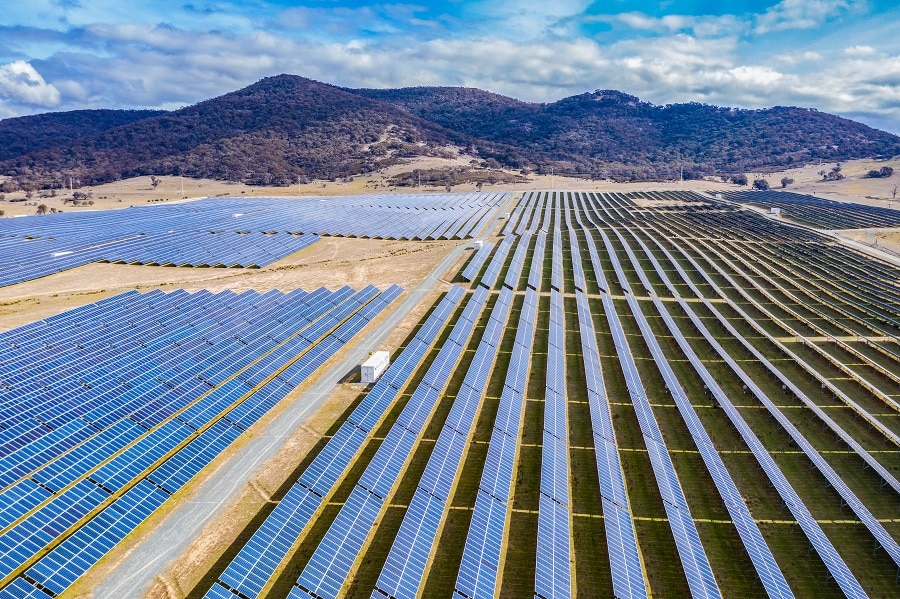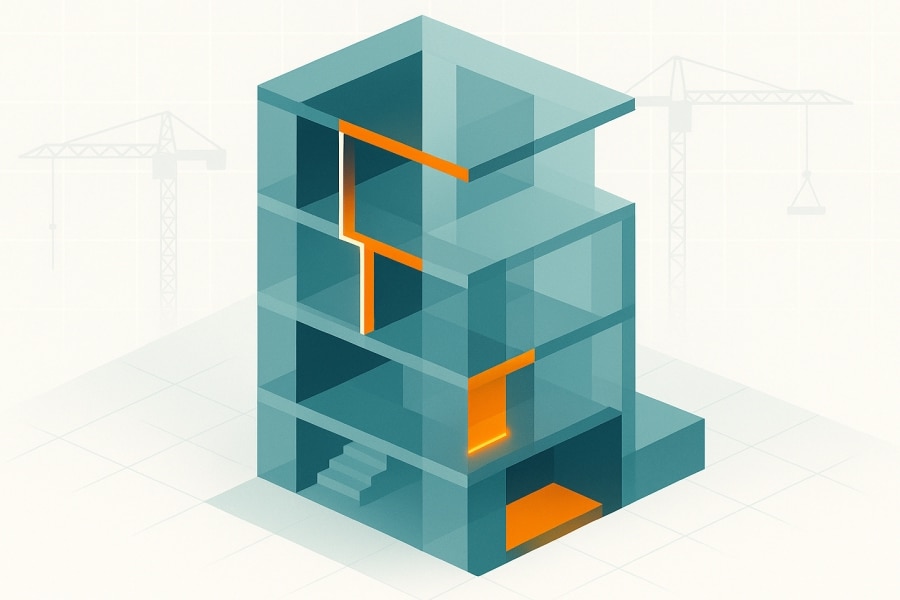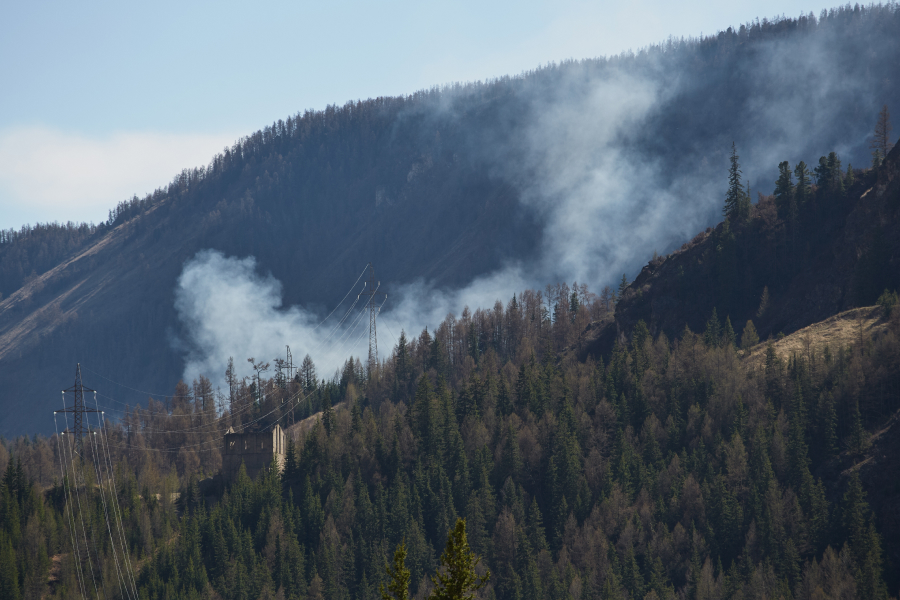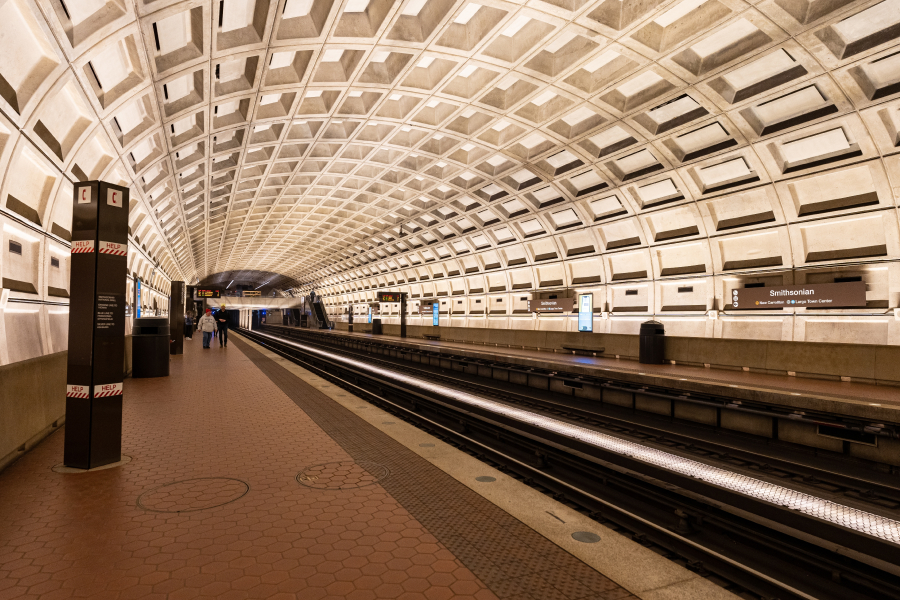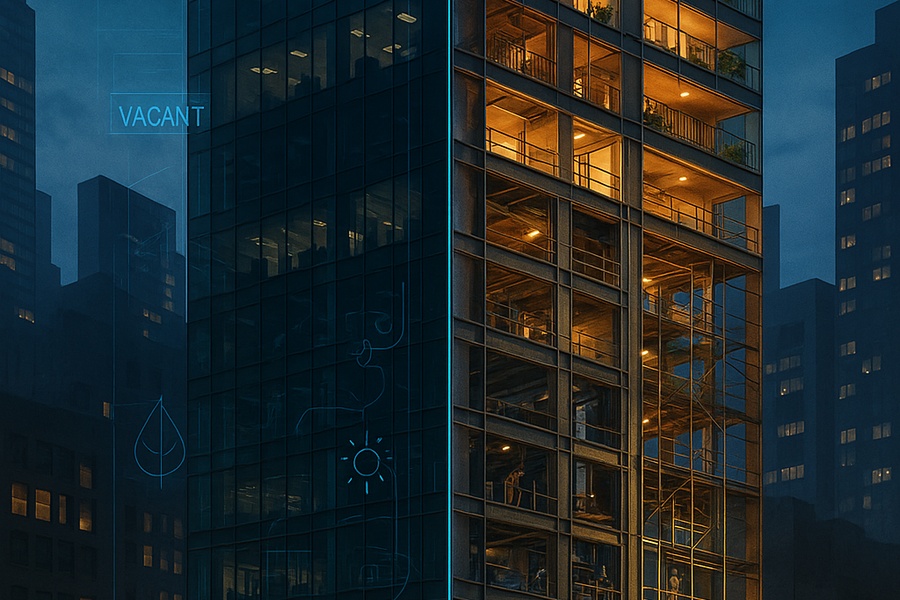As renewable energy finally undercuts traditional sources in terms of price, and as world leaders demand action around cutting carbon emissions, major renewable projects are popping up around the globe.
Australia is no exception to this trend. The sunburnt country is putting its weather to good use with record-breaking solar farms, wind farms and battery projects.
The scope and audacity of Australia’s most impressive megaprojects would have been unimaginable just five years ago.
We recently discussed these issues with environmental scientist Peter Newman, a professor of sustainability at Curtin University and a coordinating lead author for transport at the Intergovernmental Panel on Climate Change (IPCC). The IPCC provides policymakers with scientific assessments on all matters relating to climate.
Newman says smaller projects will likely be even more important than large ones as we head into the future.
Professor Peter Newman
What significance do renewable megaprojects have in terms of future energy and infrastructure in Australia?
That’s the most fundamental question that’s not really being addressed. I believe megaprojects will probably start to minimise, soon. The modernist ideal from the past said bigger is better and that the scale of the technology will reduce the costs. That is not the case with solar, wind power, batteries, electric vehicles and smart technologies, etc. They’re now the cheapest but also, they work best at a small scale.
So they’re best suited for local scale?
Yes. But when you join them up, they are mega. So in Perth, we now have 1,500 megawatts, or 1.5 gigawatts, of rooftop solar. On certain days that now represents 80% of the power going into the grid. Together, it makes up the biggest power station in Western Australia.
It’s the biggest power station in WA? Is it recognised as such?
No! It’s not even recorded as being real because it’s behind the meter. It’s not managed by the utility, which still thinks all power comes from a centralised power station and is pushed down a transmission line.
What does this mean for the mega projects? Will they be out of date before they’re complete, or will they serve a different purpose?
The micro grids spreading throughout Western Australia in small towns, on farms, in suburbs, etc., are seen as the best way to manage the grid. I’m backing the small-scale stuff at this stage, to be taking us into the future. But there is and will always be large-scale stuff – big solar farms, wind farms and so on. We’re just now trying to fit it all together. And in many ways we need to accommodate large-scale developments. In Perth, in the next two to three years we will not need any coal-fired or gas-fired power stations. People are getting nervous about how we’ll accommodate that. So we’ll need to work out this combination of small-scale and large-scale.
So what will be the role of large-scale renewable generators?
Think about major generators producing hydrogen. I believe hydrogen will not be a part of land transport, it will be part of shipping and aviation and it will fuel industry, for producing green steel, green urea, green battery minerals, green aluminium, etc. These industries will need to be centred around where you’re producing the hydrogen, so industry clusters around those places will grow quite quickly. I don’t think the hydrogen produced there will be used for power elsewhere, because why go through all the stages of creating the solar-based electricity and then having to split the water and then store the hydrogen, only to transport it? That will waste energy.
Megaproject #1: Port Augusta Renewable Energy Project
Near Port Augusta in South Australia, and symbolically close to the piece of land on which South Australia’s last coal-fired power station stood, is Spanish company Iberdrola’s first greenfields project in Australia.
At a cost of $500 million, a grand total of 50 wind turbines and almost 250,000 solar panels, as well as a substation, access roads, transmission lines and more, are being constructed. The various pieces of infrastructure will come together under the title of the Port Augusta Renewable Energy Project.
When commissioned, the plant will offer 317MW of renewable energy generation, a sum of 210MW wind (construction now complete) and 107MW solar (construction ongoing). That’s enough clean energy to power 180,000 homes.
The project, which has generated around 200 jobs, will be commissioned in late 2021 or early 2022.
Megaproject #2: Western Downs Green Power Hub
Generally considered the largest solar farm in Australia, the Western Downs Green Power Hub, near Chinchilla in south-west Queensland, will be capable of providing up to 460MW of renewable energy. Construction began in July 2020, with commissioning expected in December 2021.
With a project cost of around $600 million, it will generate enough energy to power 235,000 Queensland homes. Its environmental result is the equivalent of 864,000 tonnes of CO2 emissions displaced, or 242,000 cars removed from the roads.
The 1500-hectare site will produce 1,080 GWh annually and feature 150MW of battery storage. The battery component will be built after the PV plant is commissioned.
The construction stage of the Western Downs Green Power Hub will create over 400 jobs, a significant figure in the sparsely populated region.
Megaproject #3: Sun Cable
Sun Cable is perhaps the highest profile but also most controversial of Australia’s renewable megaprojects.
It has attracted the financial backing of well-known names, such as Atlassian founder Mike Cannon-Brookes and FMG’s Andrew Forrest. However, some in the industry wonder whether it will ever become a reality.
That’s because to achieve what it hopes, along the way it will have to obliterate many construction and manufacturing records and achieve results that are currently the stuff of science fiction.
These include a 36 to 42GWh battery, which is over 150 times bigger than South Australia’s Hornsdale battery, a dispatchable electricity output of 3.2GW, and a 4,200-kilometre high-voltage direct-current cable, to be laid on the sea floor, to help power Singapore.
It will cover an area of land equivalent to 20,000 football fields, or around 120 square kilometres (12,000 hectares), near Elliott, 636 kilometres south of Darwin.
Where is the project at right now?
A Sun Cable office has been established in the Northern Territory. More than 12 Darwin-based firms have been employed for initial works. Sun Cable has received vital approval from the Indonesian government to run the subsea cable through its waters. And the results of an environmental impact study are imminent.
In the meantime, likely costs have already blown out from $22 billion to $30 billion as more efficient but more expensive technologies have been developed.
Like all megaprojects, this one has required visionary leadership. Only time will tell if that is enough to see it through to its completion.

